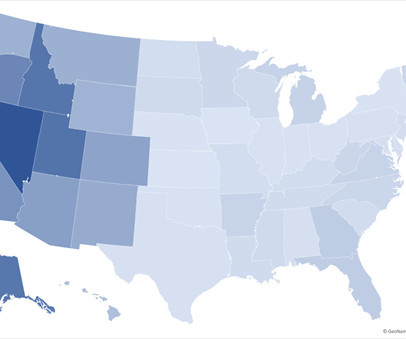A Birder’s Guide to U.S. Federal Public Lands
10,000 Birds
MARCH 5, 2024
Many refuges are strategically located along major flyways, allowing ducks and geese to hopscotch their way up the continent to northern breeding grounds and back down again. Several endangered species are (or have been) highly dependent on specific tracts of federal land.












Let's personalize your content